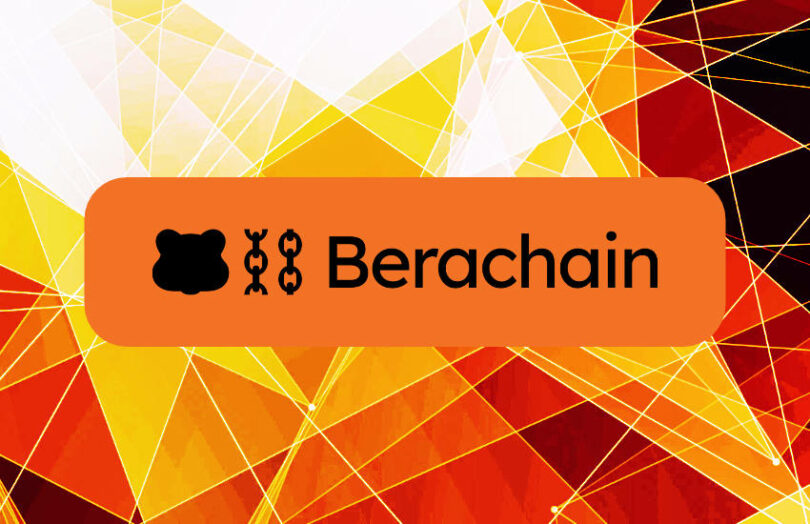Today Bloomberg reported that Brevan Howard Digital and Framework Ventures co-led a $69 million funding round for Berachain at a $1.5 billion valuation, citing sources.
Last year Berachain raised a $42M Series A with investors including Hack VC, Polychain, Shima Capital, Citizen X and Robot Ventures.
Berachain is a Layer 1 Ethereum compatible blockchain built using Cosmos technology. It has yet to launch, but its testnet went live in January.
Cosmos is known for its Inter-Blockchain Communication Protocol (IBC), one of the popular blockchain interoperability solutions. For example, MUFG is integrating Japan’s Progmat Coin stablecoin platform with public blockchains using technology based on IBC.
A few other prominent projects are based on Cosmos, such as the Provenance blockchain, which is popular with institutions and was founded by Figure. Others using Cosmos include dYdX, Osmosis, Axelar and Crypto.com’s Chronos chain.
Many of these chains have something in common – they are particularly DeFi-focused, as is Berachain. DeFi is part of Berachain’s DNA.
Berachain is novel in several ways
Berachain aims to address one of cryptocurrency’s challenges. If crypto holders want to earn a return on their crypto, they have to choose between staking in Proof of Stake networks like Ethereum or locking up their crypto in DeFi liquidity pools. Berachain essentially combines the two. Hence, instead of Proof of Stake, it calls its consensus mechanism Proof of Liquidity.
There’s a two step process. In order to participate, crypto holders have to lock up their tokens with a DeFi liquidity pool, whether that’s an automated market maker (AMM), a lending protocol or something else. From this they earn one of the blockchain’s native tokens, BGT, which cannot be sold.
The liquidity provider has two options with their earned BGT tokens. They can either stake BGT with one of the blockchain’s validators and earn a return in the form of a native stablecoin, Honey, or convert BGT to a liquid tradable token, BERA.
Hence, unlike Ethereum, which uses ETH for staking and gas, Berachain uses two tokens. BGT is for staking/delegating and governance and BERA is for gas used to run smart contracts.
There’s not a lot of detail on Honey, but we’re guessing it will be an algorithmic stablecoin. The documentation states Honey will aim to be equivalent to one USDC.
BGT uses governance extensively. New DeFi protocols, liquidity providers, tokens have to pass governance votes to be used in the DeFi protocols. There’s extensive use of whitelists.
One other feature is that the blockchain’s founders are so far pseudonymous.
Berachain is squarely targeting the DeFi community. For a blockchain that has yet to launch, it has a large and active social media following. For example, it has more than 850,000 followers on X, compared to a million for Avalanche.
Brevan Howard Digital’s blockchain interest
It’s not surprising that Brevan Howard Digital chose to invest. Berachain combines two themes it has already shown an interest in – blockchain interoperability and DeFi. It was one of the backers of the Wormhole cross chain interoperability solution. It also plans to use the DeFi fund tokenization protocol Libre.






